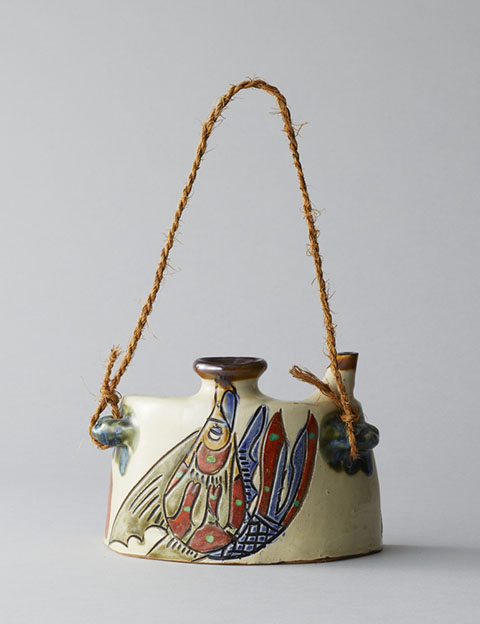TSUBOYA Yaki (Pottery)

In the second half of the 17th century, Sho Tei, the King of Ryukyu, assembled potters from the Chibana kiln in Misato, the Takaraguchi kiln in Shuri and the Wakuta kiln in Naha, establishing a new center in what is now Tsuboya.
Okinawan pottery, or yachimun, is divided into two main categories: Joyachi and Arayachi. Joyachi consists of glazed pottery with brightly colored patterns characteristic of Okinawa, whereas Arayachi is unglazed. Also called Nanbanyaki, the unglazed pottery includes relatively large sake flasks and water jugs as well as items unique to Okinawa, including tableware and statues of the mythical lion shiisaa, which are used rooftop decorations.
Feature
Okinawa’s yachimun pottery comprises two groups, Joyachi and Arayachi. Joyachi is a glazed pottery with colors and patterns unique to Okinawa and is used mainly as tableware. Arayachi is a relatively large non-glazed pottery that is used to make jars for water and sake. It is also known as Nanbanyaki.
How to make
Techniques used include wheel-throwing, casting and molding. Keshogake techniques, including hitashigake, nagashikake and furikake, are used to sprinkle a solution of water and white soil to make the foundation, which is decorated using kakiotoshi, zougan and other techniques. Joyachi is glazed and then fired at 1,200°C, making a product with uniquely Okinawan appeal. Arayachi is fired at 1,000°C without a glaze.

